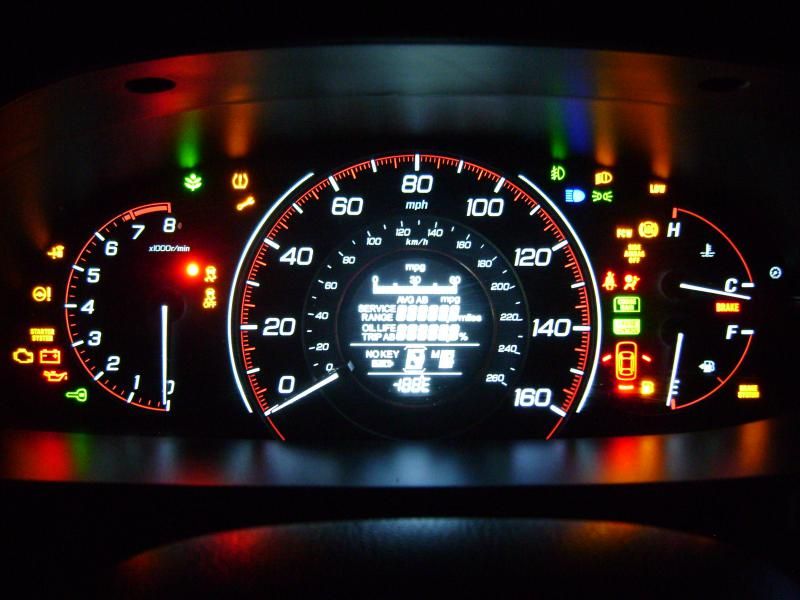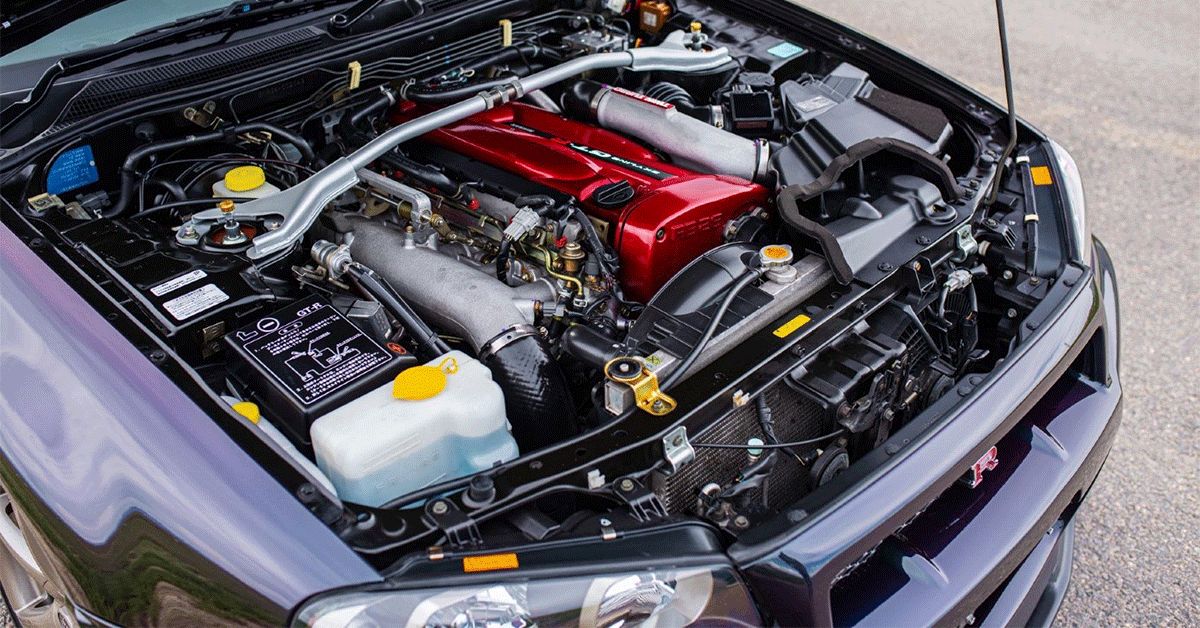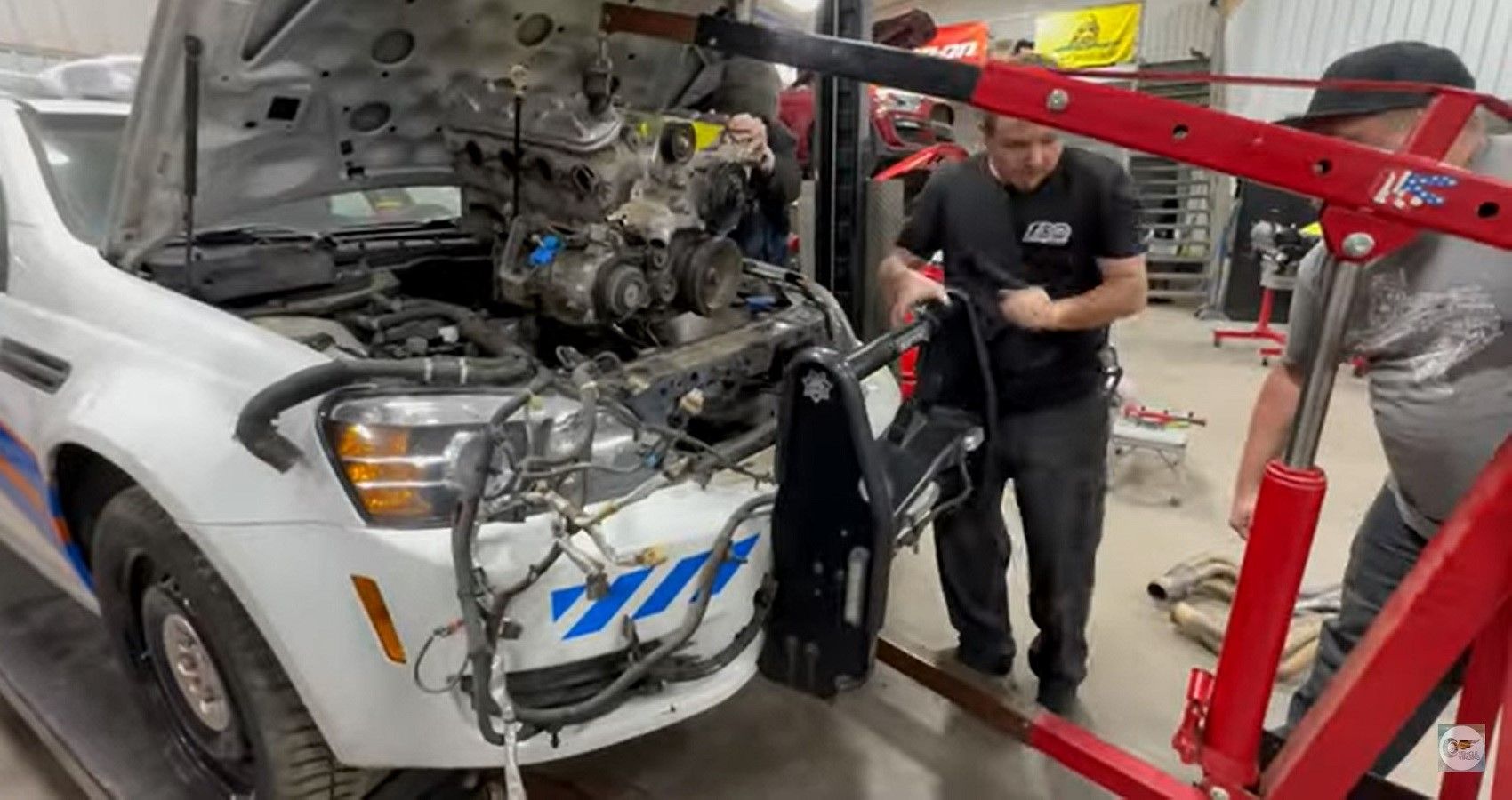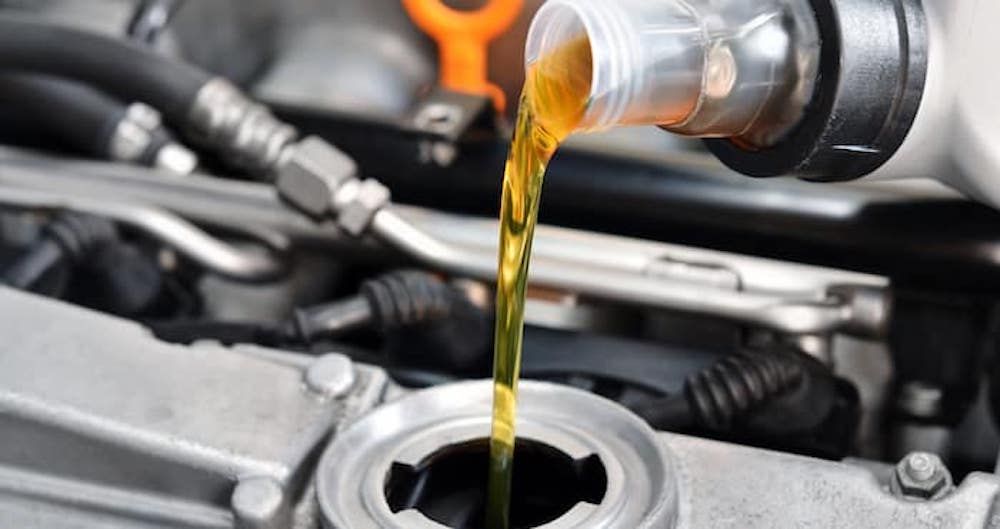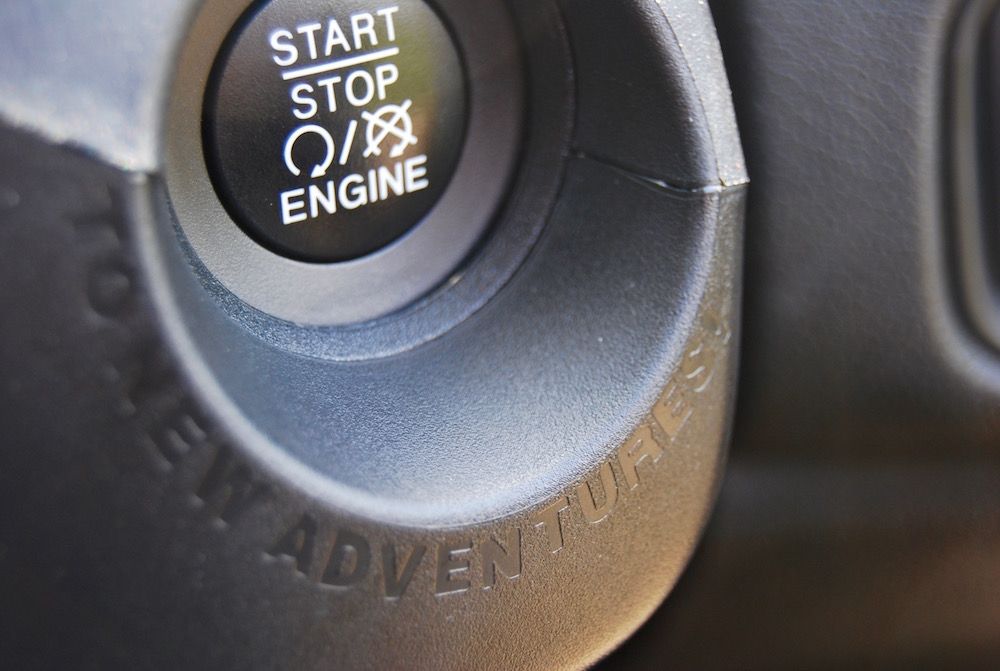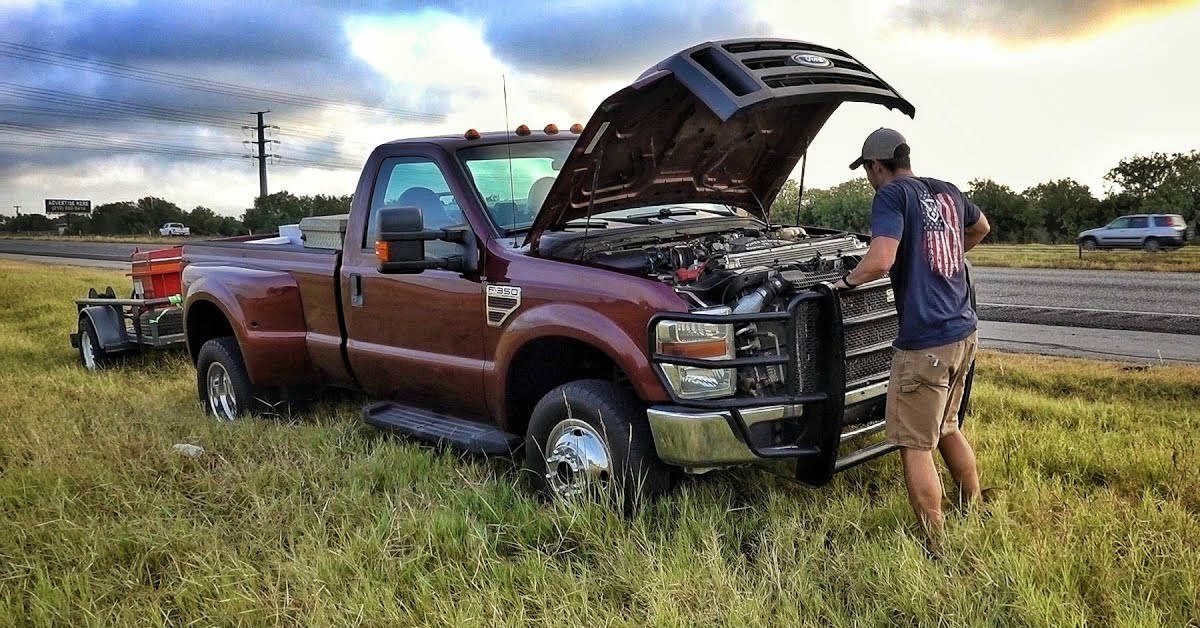What if we lived in a world where cars never broke down? No more tow trucks, no more unexpected repairs and no more missed appointments. Unfortunately, this is hardly a dream, and we may never live in a world without car problems. Cars are complex machines with numerous moving parts that wear out over time or fail unexpectedly. Most drivers are familiar with the sinking feeling that comes with realizing their car may be in trouble when they hear strange noises, experience a drop in performance or an unusual smell.
The engine is probably the most critical component of a gas car. It is the heartbeat that generates the power to propel the vehicle, and it is essential to always keep it in perfect condition. Not all engines are built equal. Some power plants are more durable and reliable than others and can take more abuse than others. However, all engines require regular maintenance to ensure optimal performance and longevity, and neglecting engine maintenance can lead to costly repairs or even engine failure. Therefore, you should always be on the lookout for signs that your car’s engine needs maintenance.
10 Dashboard warning lights flashing
Flashing dashboard warning lights are a clear indication that a critical system in your car is malfunctioning or in danger of failing. When a warning light flashes, it means that the car’s on-board computer has detected a fault or error in the system and is trying to communicate this to the driver.
Some drivers ignore these lights and keep driving until the entire dashboard lights up like a Christmas tree. But you shouldn’t ignore them, especially the check engine symbol, which is a simple sign that you need to pay due care and attention to your engine.
9 Power reduction and shutdown
The engine is your car’s power source, and if it’s not working properly, it can cause a loss of power or stalling while driving. The reduction in power can be the result of natural degeneration as the car ages. Still, a sudden drop in performance can suggest engine problems, such as a clogged air filter, dirty fuel injectors, unreliable spark plugs, or a malfunctioning sensor. Also, sudden stalling and engine shutdown is a sure sign that you should have your car checked by a qualified mechanic.
8 A sudden drop in fuel efficiency
A sudden drop in fuel efficiency can be costly, resulting in more frequent trips to the gas station and higher fuel bills. It can also indicate underlying problems with the car that need to be fixed to prevent further damage.
If your car is using more fuel than usual, it can indicate engine problems due to several factors. A clogged air filter can restrict air flow to the engine, causing it to work harder and use more fuel. The engine may use more fuel if there are problems with the fuel injectors or the fuel pump. Other reasons for a sudden drop in fuel efficiency may include a malfunctioning oxygen sensor or worn spark plugs.
7 Vibrations and engine noise
Wheels and tires are the source of the most common sources of unusual vibrations in a car. But vibrations and noises from the engine are also some of the most audible ways a car communicates that it needs attention. It may be time to visit your mechanic if it starts shaking and vibrating while driving on a smooth, paved road.
Unusual sounds from your car’s engine, such as knocking, ticking, or rattling noises, may indicate a problem with one or more engine components, such as spark plugs, belts, or bearings. Ignoring these warning signs can lead to bigger problems down the road and potentially costly repairs.
6 The car produces excessive smoke
If your car starts to produce smoke, this can be a big concern, and the color of the smoke indicates different problems. For example, blue smoke may indicate that oil is burning in the engine due to a worn seal or gaskets, while white smoke may indicate that coolant is leaking into the combustion chamber due to a blown head gasket.
Clouds of black smoke can indicate a fuel system problem that causes the engine to burn more fuel than it should, a clogged air filter, or carbon buildup in the system. Check the rear bumper and if you see black residue, it may be time to visit your mechanic.
5 The smell of oil inside the car
The smell of oil inside your car can indicate an oil leak, which leads to decreased engine performance, reduced fuel efficiency and potentially serious engine damage if left unchecked. You may also notice oil stains or stains on the floor where you park your car.
Oil leaks can result from worn or damaged gaskets, seals, or other engine components. In addition, the engine may have a malfunctioning positive crankcase ventilation valve, which is responsible for regulating the flow of gases into the engine and can cause oil leakage when malfunctioning. And if the oil filter is clogged or malfunctioning, it can cause oil to leak into the engine or other components, causing a strong oil smell inside the car.
4 Engine overheating
When an engine overheats, it can cause metal components to expand and warp, resulting in damaged head gaskets, warped cylinder heads and cracked engine blocks. It also causes safety hazards, with the potential for fires and increased emissions.
Overheating may also include steam coming from under the hood or a strong coolant smell. If you notice any of these signs, it’s important to stop driving your car immediately and have it towed to a qualified mechanic. Regular maintenance, such as coolant flushes and cooling system inspections, can help prevent the engine from overheating in the first place.
3 Starting difficulty
A nice, clean start every time you turn the key in the ignition is one of the sure signs of a healthy, fully functioning vehicle. Newer cars have incredibly smooth and quiet starts thanks to advances in technology, so if a car is struggling to start, it may be a sign of a problem that needs to be addressed.
Rough starts can come in the form of coughing, stuttering, wheezing, or the car taking longer than usual. It may indicate a problem with the battery, starter, alternator, fuel system, ignition system, or other engine components.
2 The manual says so
All cars come with an owner’s manual. This booklet provides important information about your car, including how to use its various features, how to maintain it and how to solve common problems. The manufacturer’s recommended maintenance program helps ensure that your car runs smoothly and reliably and lasts as long as possible. It usually includes regular maintenance tasks such as oil changes, fluid cleaning, filter replacements and inspections of various car components.
If your car’s manual says you should do maintenance, it’s essential that you do, so you can help prevent problems, catch potential problems early, and extend the life of your car.
1 High mileage
High mileage cars generally require more maintenance than new cars. As cars age and accumulate more miles, their various components will begin to wear and may require repairs or replacement. High mileage vehicles can be more prone to leaks, corrosion and other problems that affect the car’s performance and reliability.
The definition of high mileage varies depending on the make and model of the car, as well as the type of driving conditions it has been subjected to. While high mileage doesn’t necessarily mean a car is at the end of its useful life, it may require more frequent maintenance to keep it running smoothly, and eventually it will need to be replaced.
Sources: Consumer Reports, Toyota, Car and Driver



